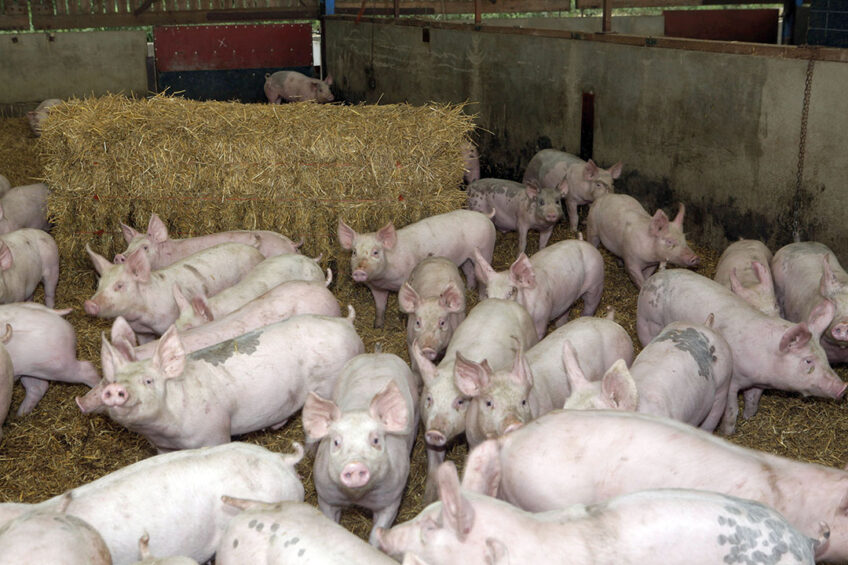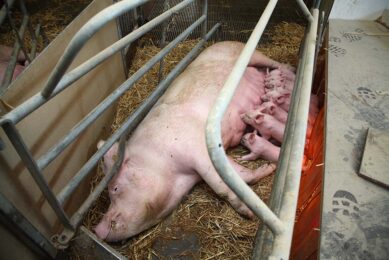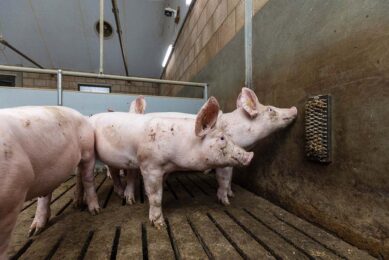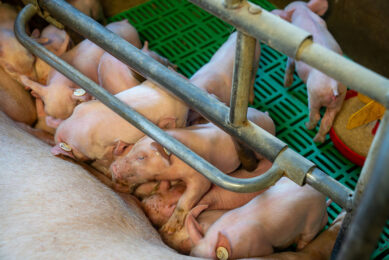Persistently high antibiotic users targeted in the UK

Persistently high users of antibiotics in the UK pig sector will have to develop and implement an Antibiotic Reduction Plan (ARP).
The Pig Health and Welfare Council (PHWC) has developed a template for producers and vets to use and guidance has been provided to vets on what to consider when putting together the ARP. The British Agriculture and Horticulture Development Board (AHDB) has also launched a benchmarking took earlier this summer to identify high users.
Notifying pig producers in upper usage range
Grace Webster, chair of the PHWC Antimicrobial Use subgroup, said the top 5% over a rolling 12 month period were being targeted first but that AHDB also notified producers in the upper 5-10% usage range that they were close to being identified as a PHU as an early warning system.
Webster said the UK’s leading farm assurance scheme Red Tractor, which covers about 95% of pigs produced in the UK, had consulted on whether to add the requirement for PHU’s to complete and implement an ARP and this had been added as a full standard in the latest version of the Pig Standards, effective from this month. Quality Meat Scotland is to review their standards next year.
Benefits of implementing antibiotic reduction plan
She said there were a number of benefits including:
- Benchmarking across the whole sector
- Highlighting areas of use
- Opportunities to optimise antibiotic use
- Chance to give guidance and recommendations
- An increase in data across the direct supply chain.
Among other changes to reduce antibiotic use in the pig sector are plans to identify and launch best practice weaner management. The National Pig Association (NPA), Pig Veterinary Society (PVS) and AHDB are planning a zinc workshop to bring together key parties from the industry to discuss weaner management in the context of the loss of zinc oxide in June 2022.
AHDB and other stakeholder groups continue to remind producers ahead of annual submission dates for e-medicine book data. At present, around 85% of submissions are on time. Red Tractor has also brought in a standard which requires at least one team member on each unit to have undertaken training in the responsible use of medicines.
Reducing antibiotic usage
The Responsible Use of Medicines in Agriculture Alliance (RUMA) Targets Task Force 2 One Year on report found that while 2020 had been a challenging year for all due to the impact of Covid-19 on the supply chain, producers, vets and the wider industry continued to meet high health and welfare standards and reduce the level of antibiotic usage to 105mg/PCU. Plans are for a further 30% reduction in total use by 2024.
Use of highest priority critically important antibiotics (HP-CIAs) remained at a very low level at 0.05mg/PCU in 2020 compared to 0.04mg/PCU in 2019 and no colistin use was reported last year.
Impact from swine dysentery cases
The sector continued to see some impact from swine dysentery cases in 2020 with some large herds undergoing a medicated disease elimination programme, although use due to this issue was lower than in 2019. And due to the focus on keeping processing plants operational during the pandemic, some proactive work, such as the Pig Health Scheme was put on hold. But overall, antibiotic usage has fallen by 62% from 2015.
 Beheer
Beheer








 WP Admin
WP Admin  Bewerk bericht
Bewerk bericht